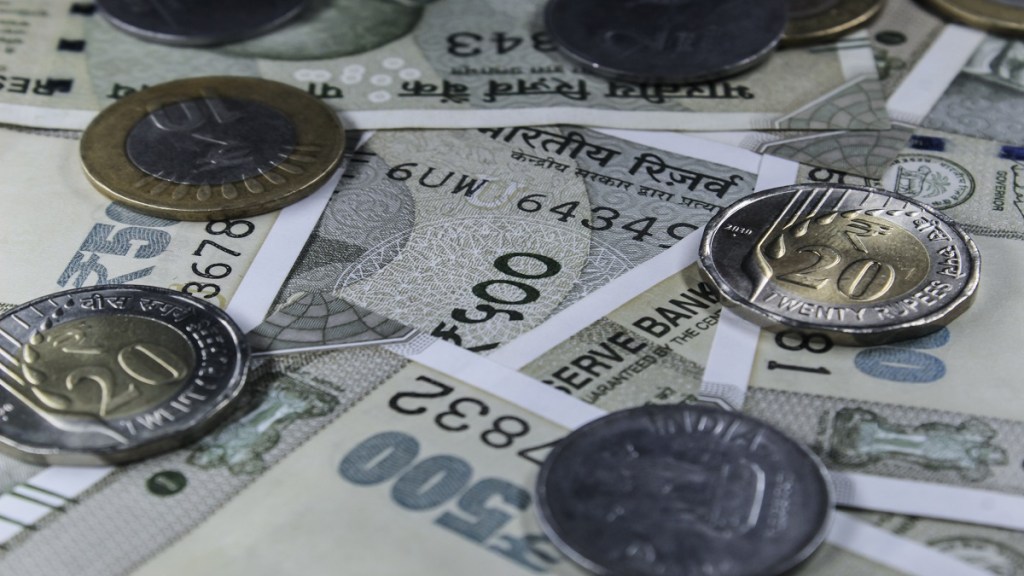– By HDFC Asset Management Company Limited
While El Niño conditions continue to persist in the tropical Pacific Ocean, its effects are slowly weakening and is now forecast to reverse – perhaps before the monsoon onset, leading to improved rainfall conditions for India. With Indian agriculture employing over half of the country’s 1.4 billion people and contributing to ~14% of India’s Gross Domestic Product (GDP), such reversal in weather pattern could bode well for consumption, as it boosts rural incomes and lowers inflation expectations.
The El Niño that we are currently witnessing is one of the strongest on record, which has also resulted in 2023 being the hottest year. This phenomenon is called “Super El Niño”, and is just the sixth time since measurements began in 1950.
Recent measurements of sea-surface temperature dropped to 1.4 degrees Celsius above average in February after peaking at 2 degrees Celsius earlier this winter. Climate prediction forecasts indicate sea-surface temperatures in the central Pacific will continue to cool over the next several weeks, with an 83% probability of the Pacific dropping below El Niño status into “Neutral Phase” – when the ocean is within 0.5 degrees C of average – in April 2024. This cooling is expected to continue, with latest forecasts indicating a probability of 75% for “La Niña” conditions by July 2024 – heart of summer.
In 2023, the monsoon was not only the weakest in five years, but was also marked by uneven distribution of rains across four months. While July and September saw overall rainfall greater than 100% of the benchmark LPA, June witnessed only 91% of benchmark LPA, and August witnessed the lowest rainfall since 1902 – only 64% of LPA.
Theoretically, El Niño is associated with weakening monsoon winds and dry weather in India, while La Niña is associated with good rainfall during the monsoon season. But as per a research paper by Centre for Climate Change Research, Indian Institute of Tropical Meteorology, Ministry of Earth Sciences (Pune), the relationship between ENSO and Indian Summer Monsoon Rainfall (ISMR), which was prominent over South India, parts of the West and North India from 1901 to 1940, weakened between 1941 and 1980. This relationship weakened further after 1980, thus certain La Niña years experiencing less than normal rainfall.
70% of India’s annual precipitation is received between June and September. The La Niña period of 2019-20 to 2022- 23 witnessed higher than normal rainfall, making forecasted La Niña conditions in the monsoon months a significant positive for the Indian economy. Moreover, lower water reservoir levels (Current storage as % of Full Reservoir Level for February 2024 at 43.3% vs 54.4% for February 2023) make the 2024 monsoons more crucial for Indian agriculture.
As per Ministry of Agriculture and Farmers’ Welfare, Indian agriculture has been increasingly less dependent on rainfall for better crop yield due to the rise in area of land under irrigation, rising from 44% in 2000-01 to 57% in 2019-20. The low historical correlation (2009-10 to 2022-23: 0.18) between the rainfall deviation from normal and the Gross Value Added of agriculture, forestry and fishing has helped the Indian economic growth in FY2024 to remain strong, despite adverse monsoon conditions affecting agriculture, amongst other factors.
As per the Minutes of the Monetary Policy Committee Meeting held between February 06 and 08, 2024, India’s growth performance in FY2024 provides a strong base for the prospects for FY2025. While RBI’s monetary policy actions and stance has kept core Consumer Price Index (CPI) inflation muted, food and beverages account for ~45% weight in CPI inflation. Hence, normal monsoons will be even more crucial for achieving the targeted CPI inflation of 4.5% for FY2025.
(The article is authored by HDFC Asset Management Company Limited.)
(Disclaimer: Views expressed are personal and do not reflect the official position or policy of Financial Express Online. Reproducing this content without permission is prohibited.)

